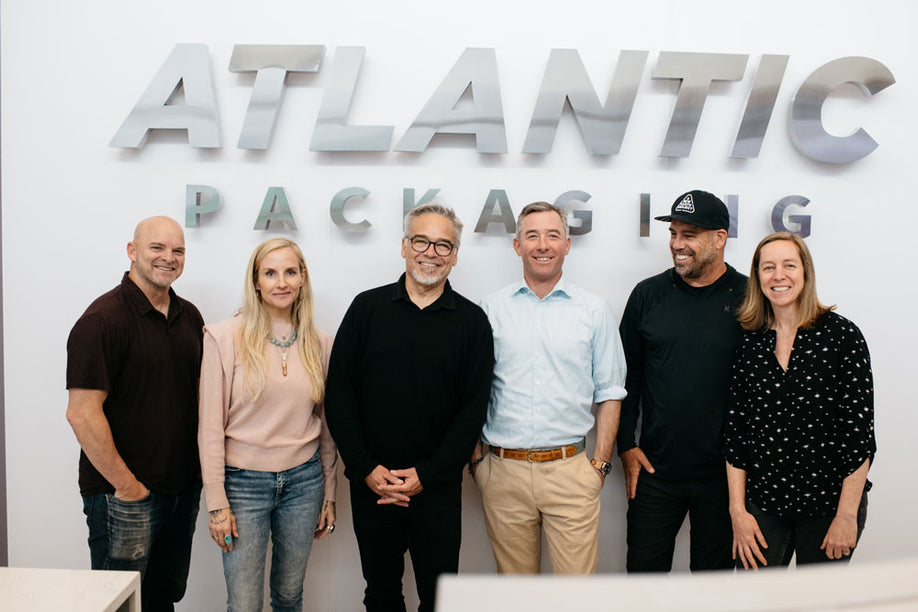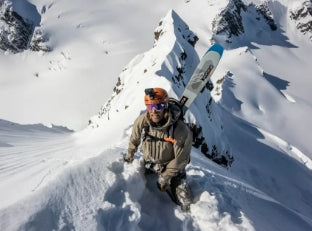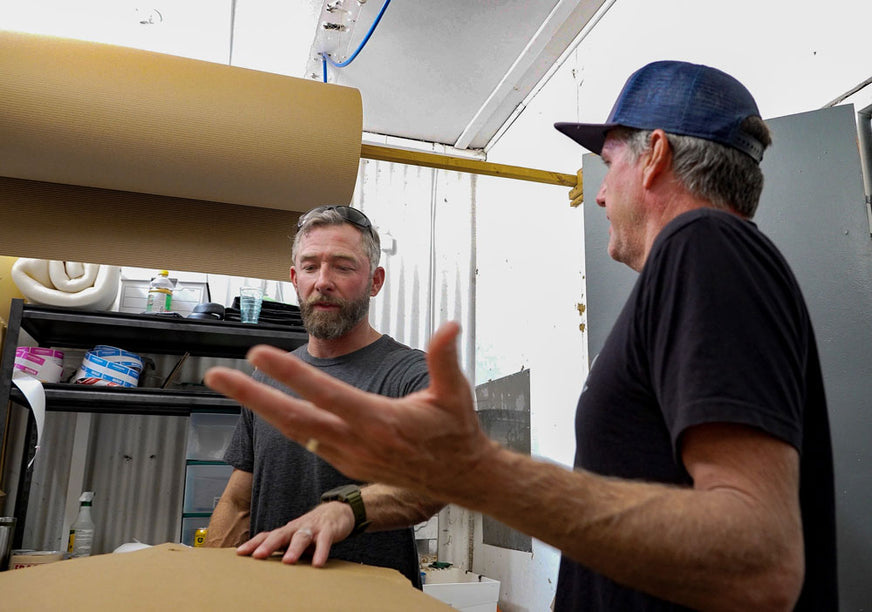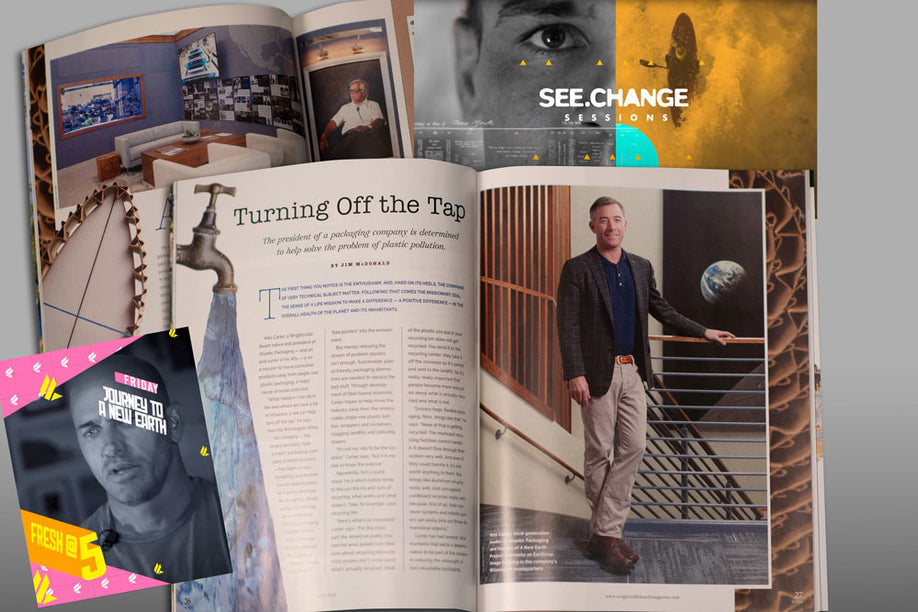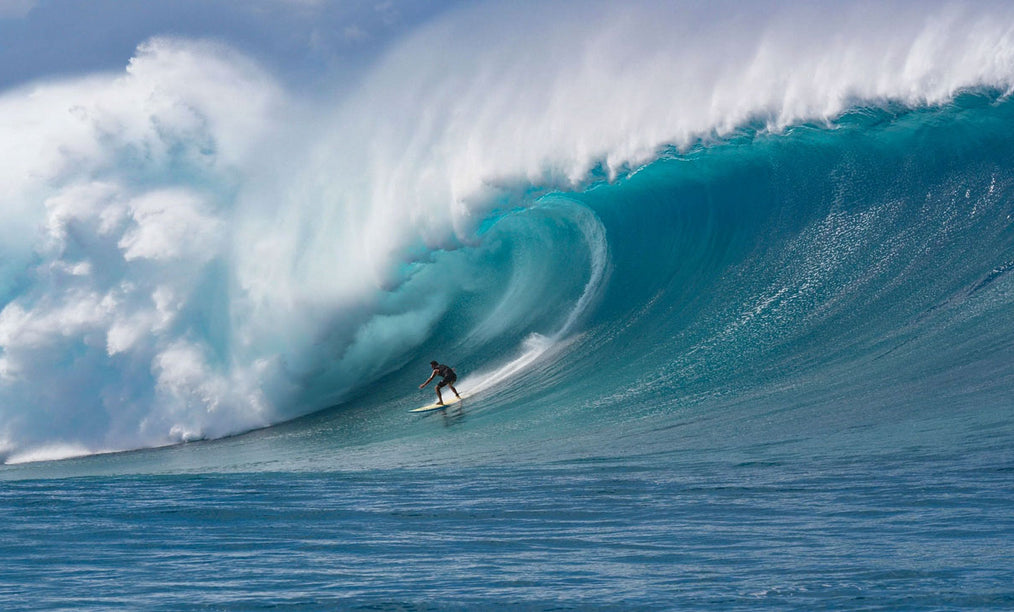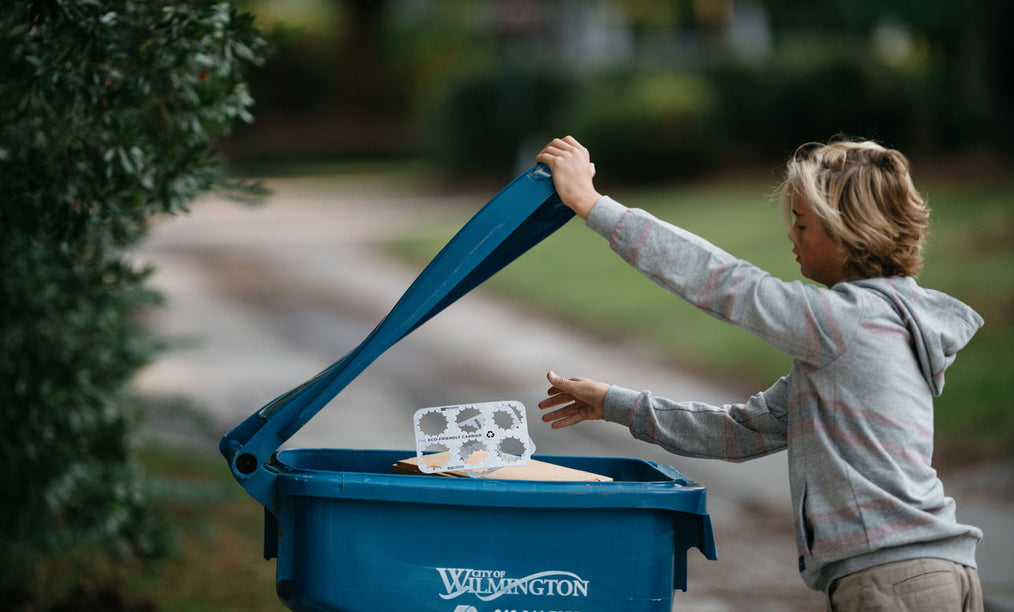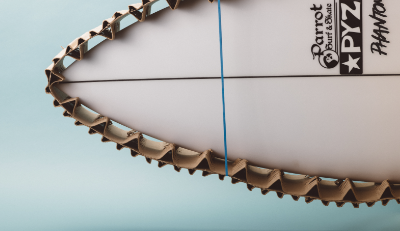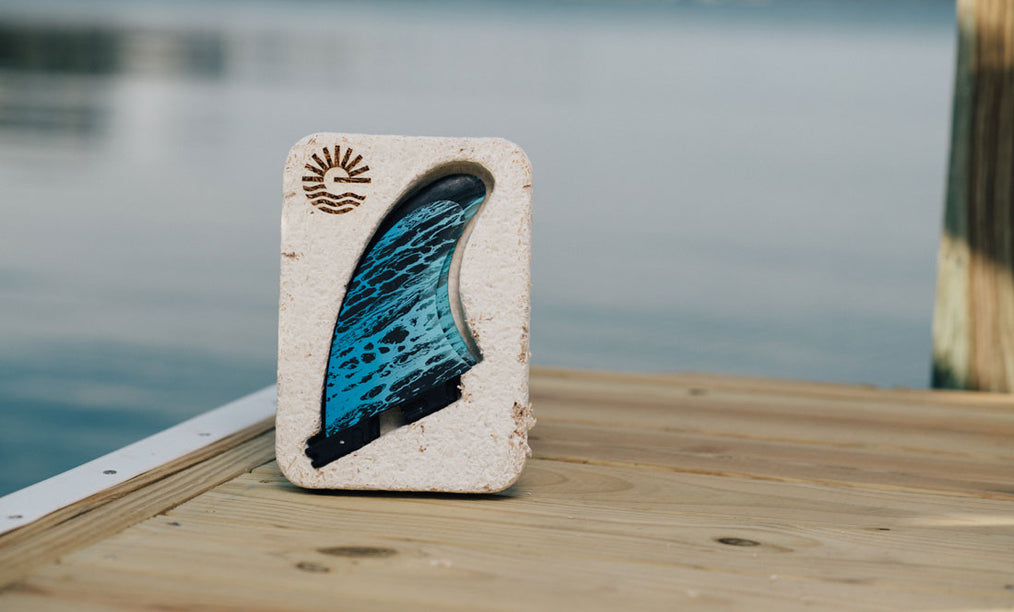Vipe Desai has been involved in the surf and outdoor industries since the early 1990s, when he opened H20, one of the first surf & snowboard shops on the Southern California coast. Snowboarders were considered outcasts at the time, and weren't even allowed at most resorts in the nation.
But forward-thinking retailers like Vipe were joined by fresh open minded brands like Volcom, who were pushing the overlapping surf, skate, and snow segments as part of their company DNA. The 90s were boom years for the entire boardriding scene.
By the end of the decade mountain culture was transformed.
From 1992 to 1998, Vipe's annual H2O Winter Classic set fire to the cross pollination. Competitors performed on the mountain one day and in the surf the next. Meanwhile upstart music acts like Pennywise, Blink 182, and 30 seconds to Mars kept them entertained. Indeed, the H20 event was a huge inspiration behind the Warped Tour and the X Games.
Sensing opportunity, Vipe then launched a marketing agency, where he helped non-endemic brands like Red Bull find authentic ways to connect with this new brand of youth culture. Along the way, he did pro-bono work for environmental outfits like the Surfrider Foundation, sparking his love for philanthropy. And over the past couple of decades he's served on boards for corporates and non-profits, and testified in front of congress twice on behalf of protecting our oceans and coastal economies.
Late last year, board members of the Surf Industry Manufacturing Association (SIMA) asked Vipe if he was interested in being the new Executive Director. He agreed to take it on under one condition. He explained it all in our sit down.

Before we get into the SIMA stuff, take us back to the early 90s landscape. What was the surf industry like during that early 90s recession?
Vipe Desai: The surf industry was a little crusty. And the snowboard industry got us back to that rebellious, edgy lifestyle. It was still illegal to snowboard on the mountains and guys were like, you know, trespassing to get up there and hike and everything. But there was this incredible energy around it, like guys in Hawaii were hopping on planes coming over to go snowboard in Tahoe and at Mammoth and everything. And it was just incredible period of discovery like they were going back to what it was like to be a surfer in the early days of discovering it. So there's so much good energy, and I think the brands like Volcom and SMP and just even the music at that time with Pearl Jam and Mother Love Bone and everything, everything just meshed. So for me, I really look at it as I was so fortunate to one, be in the right place at the right time and just sense this energy, pick up on it and be able to interpret it my own way through the shop. And it attracted these other brands and just worked really good.
You pivoted into marketing and consulting after the success of your H20 Winter Classic, too. Was that a tough or an easy decision?
I was winging it. But I did learn that I had a knack for marketing and branding. I didn't have any education behind it, but I understood how to reach consumers and read consumers mindsets and identify trends and then translate them into my buying habits, but also sharing that information with, you know, Bob Hurley and Paul Gomez at Billabong back in the day. You know, they would hit me up all the time, "What's selling? What's going on here?" And I could see how ads were impacting consumers.
So I started to youth marketing agency because I wanted to help non-endemic brands reach inside of our industry, because there was a lot of weirdness going on at that time. Action Sports was blowing up. The X Games and everything was cool as hell, everybody wanted a piece of it, but the problem was that the non-endemics were coming in treating it like baseball, football, golf and basketball. So there was this disconnect and kind of almost clumsiness.
And the rest is history?
I just kept going down this road that I felt inspired but also challenged, and it was like, 'Well, let's just go with the flow and see where it ends up.' And all these opportunities just kept coming my way.
Of course, the industry exploded with a bunch of publicly traded companies in the 90s and 2000s, then subsequently imploded during the Great Recession. Does it feel like we're back in that early 90s period again, because it's worth noting that that era came on the heels of a late 80s boom and bust cycle too?
Well we've learned a lot. And the industry as a whole has learned a lot, and I would say the most important thing that the industry has learned and has also understood for more than 33 years is that without a healthy ocean, there is no surf industry. So that really comes down to the core of SIMA and our members understanding that there is this natural force that drives our industry and we would be stupid not to put effort into protecting oceans, waves and beaches that give us his livelihood.
So I think that's a responsibility that our industry leaders take seriously. It's no longer just about like product or athletes or events or marketing or anything like that. I think it's really about, you know, protecting our playgrounds and preserving our livelihoods. So I love being part of that whole message and finding ways of like, 'How do we grow that message more?'

The interesting because the environmental narrative in surfing has historically focused on the hardgoods side, and surfboards specifically, because the foam and fiberglass and resin are obviously a blend of petroleum based products and other chemicals. But the impact of the apparel business is actually much larger, and brands seem to finally be acknowledging that, and trying to do something.
Yeah, I think it's hard to operate a business in the current stage that we're at that's purely clean. You know, I call it an infrastructure problem, and the infrastructure problem is that we have all these pieces that are out there that we have to play within and operate within. So, you know, the great thing now is that with folks like Wes [Carter] and what members in our industry are doing is that we have an opportunity to disrupt the infrastructure. Let's not use what got us in this precarious situation. Let's go back and dismantle stuff and say, let's rebuild it, because what we did 25, 30, 40, 50, 100 years ago is not what's going to get us to a healthy planet.
So I think there's a really great opportunity for brands to work with groups like Atlantic Packaging and this campaign around A New Earth Project as well and say, 'Look, we have a willing collaborator that can help bring solutions into the industry.' And I think that's that's an incredible opportunity for the surf industry to really show leadership. Let's not follow what other industries are doing and wait for the perfect solution. Let's lead on these solutions because once again, we rely on these clean oceans for not only our industry, but our coastal communities.
Is this move being brand driven or consumer driven?
It's clear that it's not just about product or athletes anymore. If you're trying to build a brand in this age right now, it's really coming down to purpose and responsibility in the environment. Young people are pretty smart. They've picked up the fact that us older folks have kind of screwed things up and they're now holding us accountable to fix things. It's like, 'Hey, you guys screwed it up. You want us to buy your product, you better clean up your act.'
And, you know, one of the things that I would say is this word sustainability has been thrown around a lot and there's no set definition of what it exactly means. And I would encourage brands to define sustainability in their own way. You can support this movement in so many different ways. It's not just one size fits all.
So what was the genesis of SIMA?
So 1989 is when SIMA was formed. You know you had Bob McKnight [Quiksilver] Michael Thompson [Gotcha], Bob Mignona [Primedia] and a few other folks come together because our industry was in the middle of a battle with the trade shows competing with each other with dates. And the industry was getting beat up in the middle. It was kind of like mom and dad are arguing and the kid in the middle is the one feeling the brunt.
So the industry came together to form SIMA and said, 'We need to pull these two apart and let them know that this is how it's going to be.' So the kid stepped in and said, Action Sports Retailer (ASR), you're going to be here, Surf Expo, you're going to be here. And we were off to the races.
The other thing that happened as well, and I think this is one of the biggest wins of SIMA, in my opinion, is that those guys, early on our leaders realized the importance of the environment and they formed the environmental fund and the Waterman's Gala. OK. So when you look at that, 33 years ago, nobody was talking about that stuff as an industry or as an organization on its own. But here our guys came together saying, 'You know what? We should get together, throw a really rad party and raise money for these environmental groups that are protecting our business.'
And the Waterman's Ball remains SIMA's biggest annual fundraising event, correct?
Exactly. And those 33 events have raised over 9 million dollars for our nonprofit environmental beneficiaries.
So I would like to see that effort increase. We would like to see more money go to these organizations because they're all doing incredible work to keep our business alive, but also all these surfers in the water as well. So that's our obligation.
But when SIMA was formed, it was also out there to help advocate for the industry and also business services, helping to find discounts on shipping, insurance and other operational benefits. We don't need that anymore. The businesses are doing just fine without us. They are able to get better rates on their own. So really, now it comes to education. How do we help our industry learn about where the world is going, how they can improve their business environment?
And now you're talking about a space that transcends manufacturing.
Exactly. And the first thing I did, which almost gave Paul Naude [SIMA President] a heart attack, was I told him I wanted to change the name right? I said, 'We can't be the Surf Industry Manufacturers Association because the tent has to get bigger. And, you know, I threw out some ideas and Paul was kind of freaking out a little bit. But he came back a couple of weeks later and said, 'You know, you're right, we do need to change the name. I have an idea. Let's go with Surf Industry Members Association.' And I was like, 'I love it.'
So on December 1, I started at Surf Industry Manufacturers Association and by December 31 I was at Surf Industry Members Association.
So what tactical things will you be doing to tackle the problems you've identified?
I've identified three pillars that we had to operate on for the future. One was unification. Let's bring in retailers. Let's do more with our board builders. Let's bring in the wave park developers and anybody else that wants to be part of our industry's future.
Second thing was advocacy, you know, advocating for our industry, building the brand of surfing. If we build the brand of surfing, our industry can thrive.
And then the other, the last thing was protection. Protecting our environment and protecting the areas where we surf and giving humanitarian aid or environmental support was important to our industry.
So if we focus on those three things, this organization will be in really good shape and be able to deliver value to the members and the industry as a whole.
How do you get retailers excited?
Well, on May 21 we're getting behind Surf Shop Day. Let's recognize our surf shops, our retailers and where that stoke generates from. Not only for our brands and their products, but also the consumer when a consumer walks in and smells surf wax and neoprene and resin going off. I mean that euphoric that has the potential to capture, you know, consumers for a lifetime.
So Surf Shop Day is an open source campaign where we're inviting everybody to be involved with it and just celebrate retail. So that's exciting.
The second campaign that we're launching June 17th, 18th and 19th, which is complementary to the environmental fund, is that we're rallying the industry to turn their e-commerce to help benefit the environmental fund so we can raise more money for these environmental groups. So for three days over the weekend of International Surfing Day, we're asking all the brands and retailers in the industry that want to participate to dedicate a portion of the sales of their e-commerce to the environmental fund.
But this is an opportunity once again for us to drive consumer engagement, drive sales through e-commerce, raise a little bit of money for the environmental fund. So when we get to Waterman, we got a good treasure chest of money to dedicate to these groups.
So how do people who want to help reach you?
Yeah, I'm all open for ideas and collaboration. So thank you. Yeah, best way to reach me is Vipe@surfindustry.org.
Awesome. Thanks so much for stopping by, Vipe. We really appreciate it.
Thanks for having me, Chris. I'm excited to be here.


